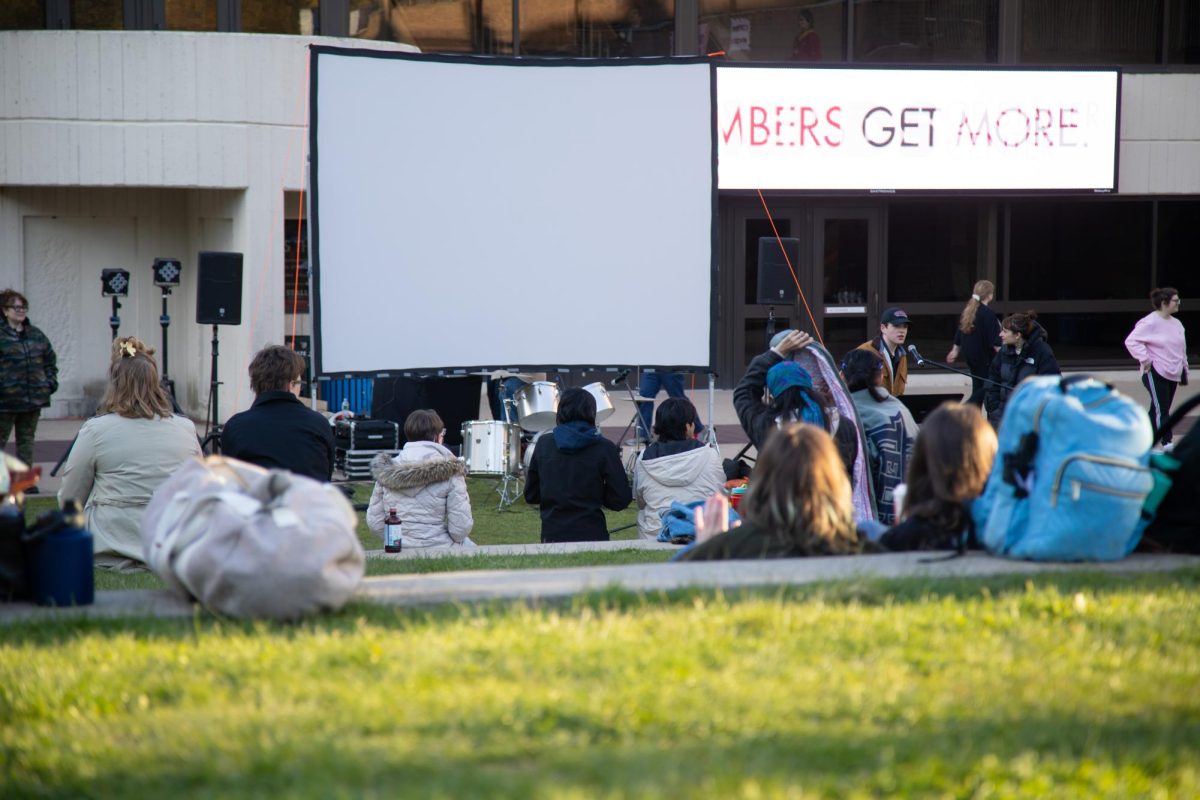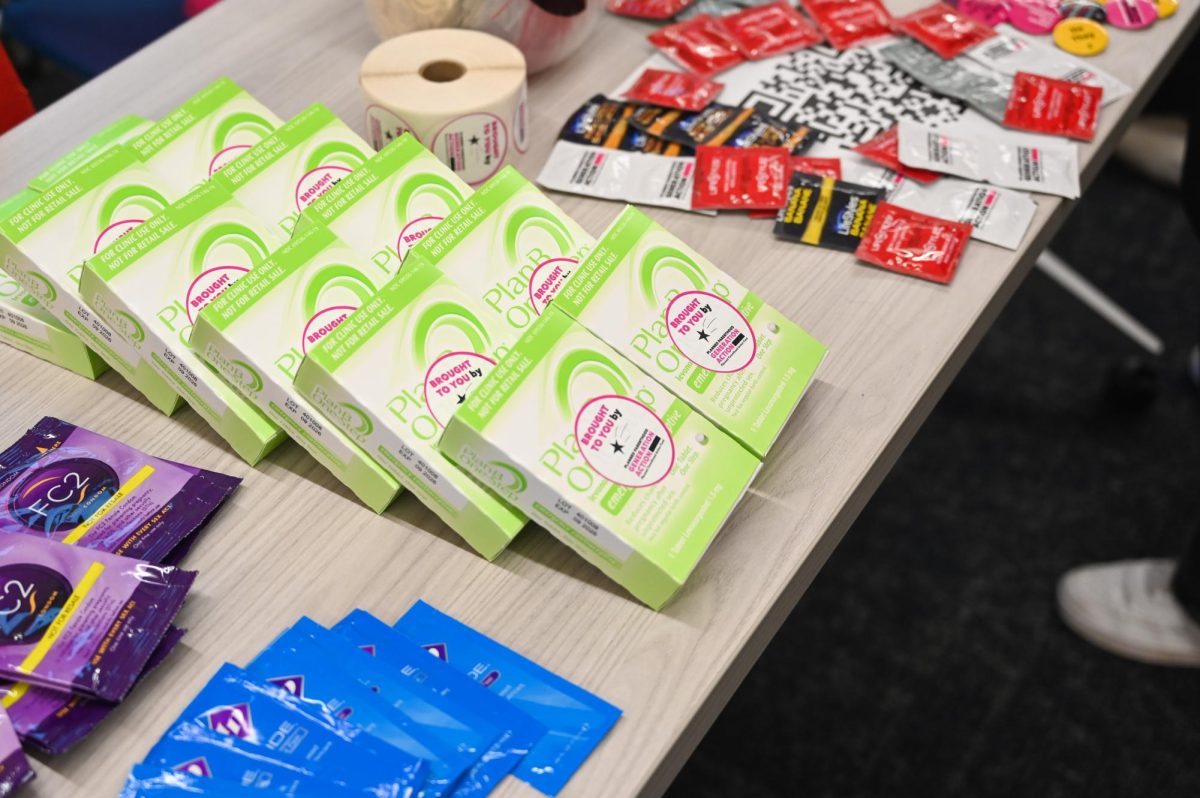
This spring break, I got the chance to meet makeup artist and YouTuber, Raye Boyce, whose YouTube channel is Itsmyrayeraye. She held a launch party at Ulta Beauty for her new products in collaboration with BH Cosmetics, where she promoted her new eyeshadow, highlight and contour palette and her new lip color that comes in three different formulas: lipstick, liquid lipstick and lip gloss.
After meeting her, I realized how important it was for me to have women of color as role models for makeup. People like me only have YouTubers to help us figure out which products will look nice because the models in the stores and on websites often only portray white and slim-faced models; there are barely any models portrayed in the makeup industry who promote tan and dark skin colors. A majority of the models who are chosen are fair skinned, making it difficult for people of color to determine if the product will look good on them. Looking at three different fair skinned models wearing the same golden highlight will not help me understand if the golden highlight will look the same on me, a tan-skinned girl.
I only watch YouTubers who have similar skin tones and skin types to me, so I know which products will work best for my skin. Watching videos of Kaushal Beauty, Nabela Noor, ItsIsabelbedoya and Sharifa Easmin-Kabir helped me learn techniques of how to apply makeup, options of products that will look good on my skin and cheaper options of high-end products. There needs to be more diversity in the photographed models in makeup stores, so we can make better decisions when shopping for makeup.
Finding a foundation shade that matches my skin color is one of the most difficult things to do while makeup shopping because of the lack of colors that brands provide. Many people resort to mixing foundations from different brands to create the exact shade. We shouldn’t have to buy more than one shade of foundation to create the perfect match for our skin, while others can go to the store and pick out their exact shade immediately.
The difficulty of finding tan, beige and dark skin colored foundations is slowly starting to change as new makeup brands are being released and makeup artists are coming out with their own products. For example, Fenty Beauty by Rihanna was released last year and created lots of hype because she came out with 40 shades of foundation that were inclusive of every skin tone. On the other hand, Tarte came out with their Shape Tape Foundation this year, which was met with a lot of disappointment because their foundation collection only contained 18 shades, of which 13 were light. Many customers reviewed the product and were upset that they were not able to find a match to their skin tone. Tarte, then, apologized on Instagram: “We wanted to get the product out as fast as possible, & we made the decision to move forward before all the shades were ready to go. We know there is no excuse, & we take full responsibility for launching this way.”
Some companies are choosing to expand their range of skin tones in the models that they hire to attract more customers: Covergirl chose Sharifa Easmin-Kabir as a model last year and Lancôme chose Lupita Nyong’o as their ambassador. However, just because they have models that are representing their brand doesn’t mean the brand itself is providing the products that their customers need. In fact, recently, makeup brands only chose to expand their foundation shade range after they felt that their competition increased. After Rihanna’s Fenty Beauty Pro Filt’r Soft Matte Longwear Foundation came out, many brands decided to advertise their darker shades even more and expand their collections.
Although some makeup brands attempt to create products that could work for the skin tones of people of color, they forget to think about the undertones. Many people find their skin color, but when applying foundation or concealer, they realize the undertones are off. Companies need to think about catering to the needs of people of color with warm, cool or neutral undertones.
Makeup companies need to expand their range of colors on foundation, concealers, contour shades and powders in order to attract and keep customers. Brands need to be more inclusive of people of color by representing them in their marketing and products. Hopefully, one day, I can go to a store that has models that represent my skin tone and find shades that fit my skin color easily.

















